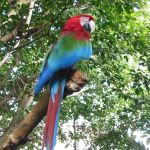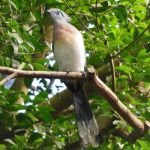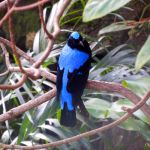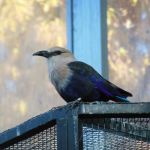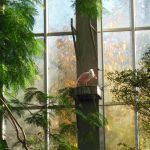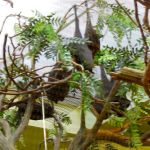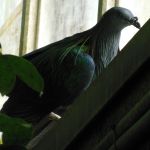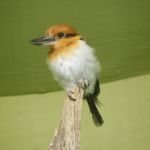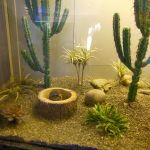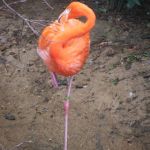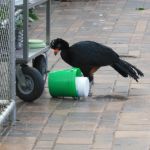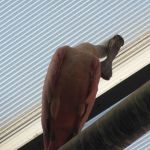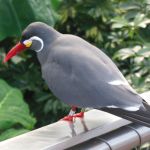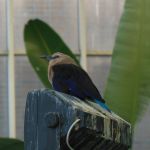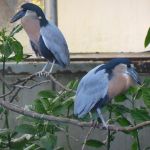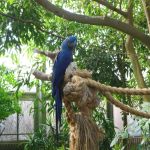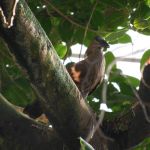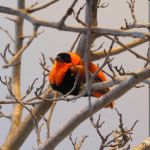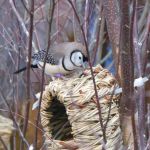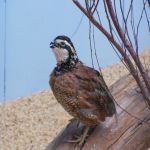Another one from the archives ~ two years ago this week, we made a drive-through visit of Everglades and Big Cypress en route from Miami to visit family in the Marco Island/Naples area on the gulf coast of Florida. While our visit was brief, it was, shall we say, one of our more memorable national park visits.
Being July in Florida, we were not keen to spend extended time outdoors, but we made a few stops as we drove across the state. It is not long before you start to catch glimpses of alligators in the waterways alongside the road ~ maybe you get used to that if you live in Florida, but pretty crazy in my opinion! We made sure to get an early start to catch a morning tram tour at the Shark Valley Visitor Center. While the trail can be walked or biked, the tram tour takes you a few miles in to an observation deck with greath views of the classic “prairie” landscape then loops back to the visitors center. This guided tour is a great way to cover some ground and get an interpretive view of the flora and fauna when you want to avoid the heat and alligators… or so we thought.
In addition to the stop at the observation deck, the tram also stopped along the path to allow us to get a closer look at the periphyton that forms the ground cover in this ecosystem [a complex mixture of algae, bacteria, microbes, and detritus that is attached to submerged surfaces ~ yes I had to just look that up]. Due to a late start to the rainy season, our guides suggested we could take a look at the canals that were dug in the area to form the elevated road. As our tour group gathered on the banks, we could see alligators 50-100 yards away in either direction. Suddenly, we heard a roar that sounded a bit like a freight train coming from behind us. As our group scattered in either direction, a 10-12 foot alligator came charging out of the bush snapping his jaws. I’m glad I was not in the back of the group closest to his original exit point, but even as we scattered, he couldn’t have been more than 4-5 feet away. Once there was a clear path to the water, the alligator went on his way, no longer feeling threatened. I was glad to have enough sense of self-preservation to wait until we were safe to try snapping photos. I think this was a bit of a closer call than the tour guides intended and definitely a reminder that even when utilizing he more developed features of the parks, you’re still in the wild. When we got back to the visitor center, we saw a few busloads of school-age children lined up for the next tour ~ pretty sure they didn’t get to make the same stop.
After that excitement, we continued through the Everglades and into Big Cypress National Preserve. We didn’t get off the main road, but did stop at Kirby Storter Roadside Park to do a quick walk along the boardwalks to check out the trees and spot a few woodpeckers. Once we hit the other side of the preserve and state, we stopped at the Gulf Coast Visitor Center of Everglades NP. Some nice coastal views, but really only an outpost for some of the park concessionaires offering boat tours.
And thus ended our short – but memorable – visit to these FL parks! I can’t wait to tell little guy how mommy had to fight off an alligator at 6 months pregnant – only a slight exaggeration.
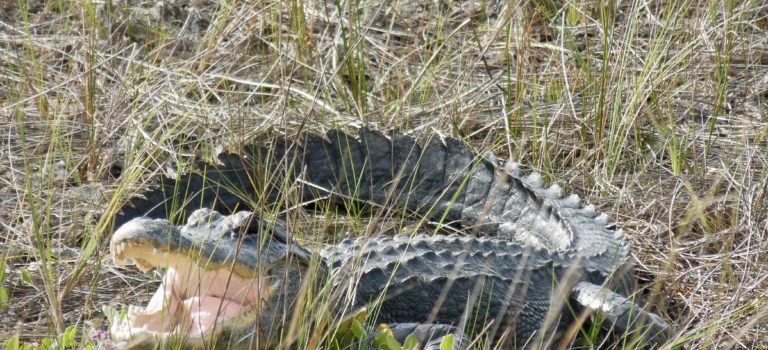
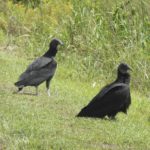
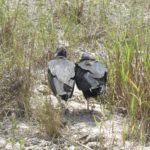
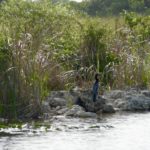
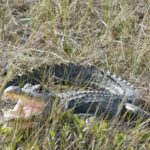
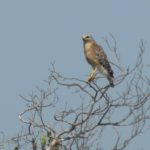
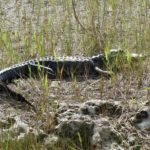
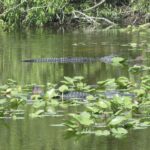
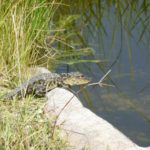
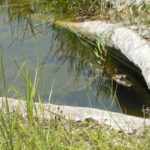
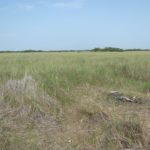
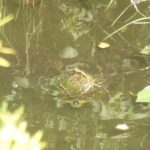
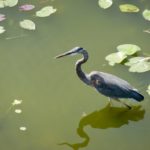
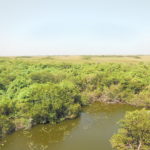
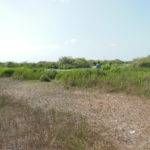
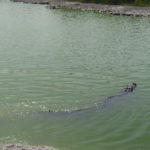
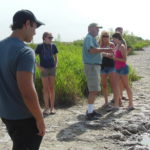
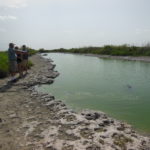
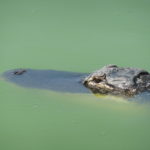
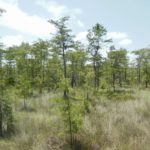
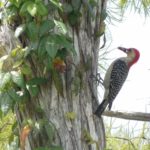
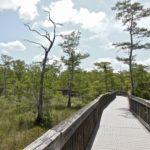
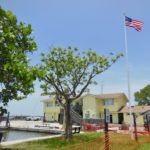
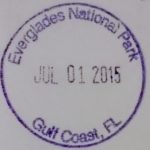
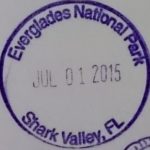
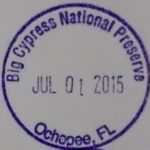
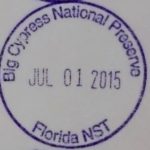
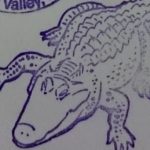
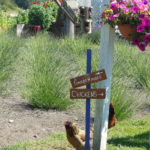
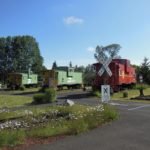
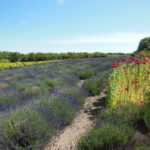
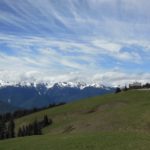
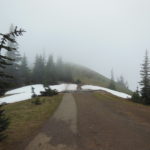
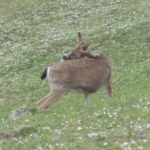
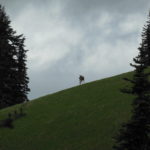
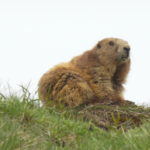
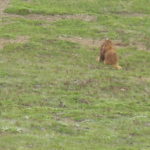
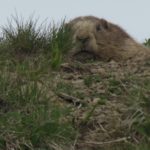
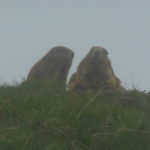
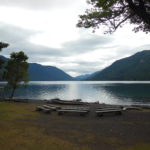
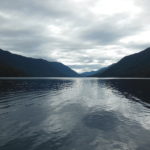
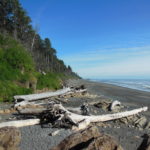
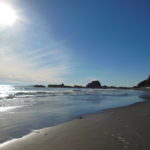
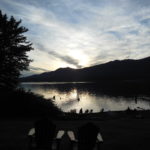
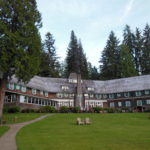
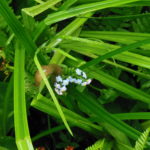
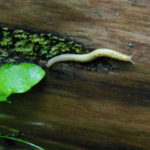
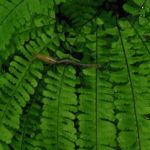
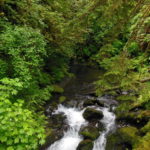
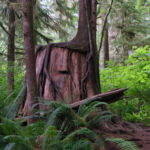
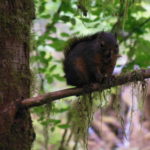
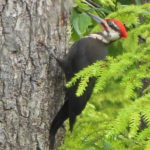
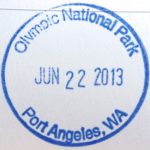
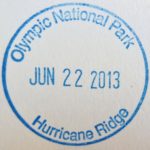
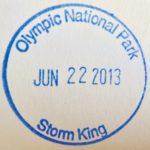
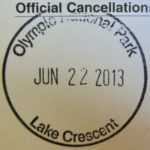
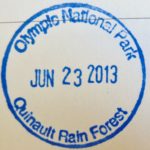
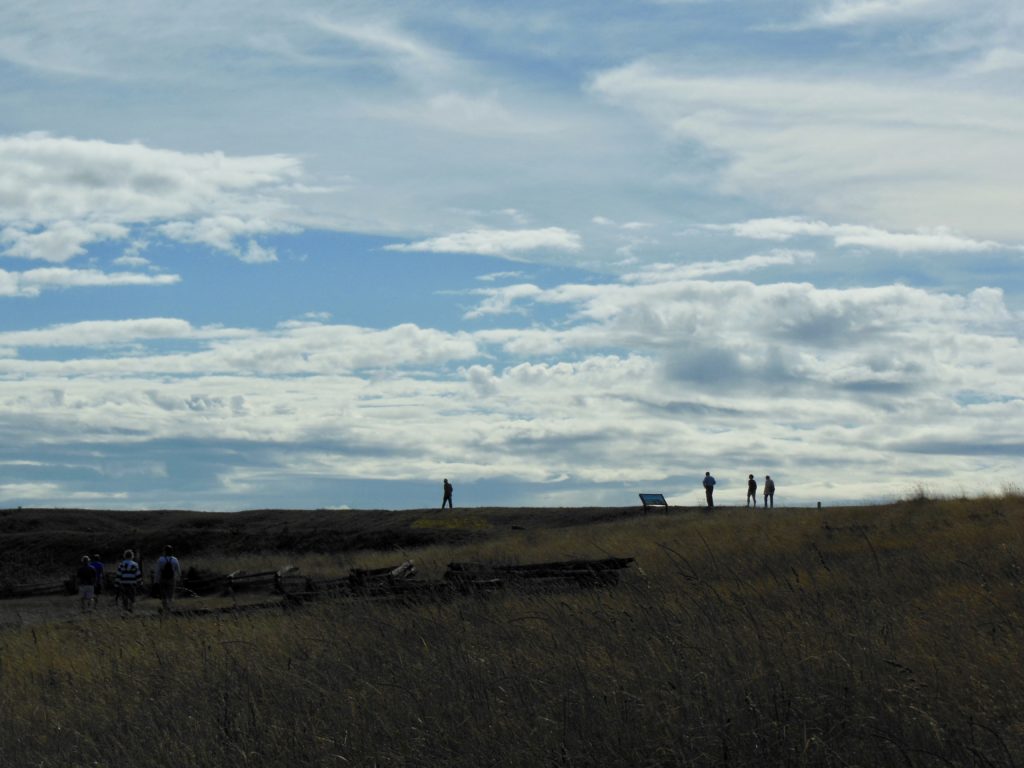
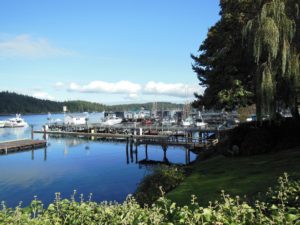
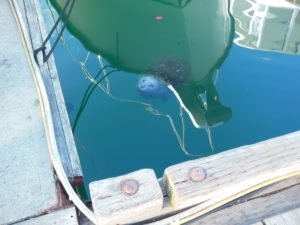
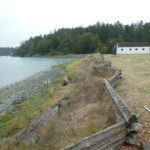
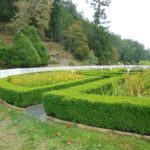

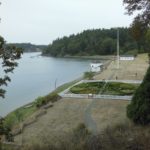
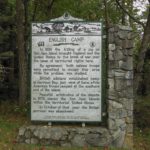
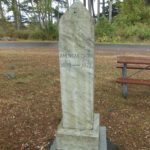
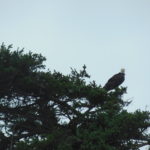
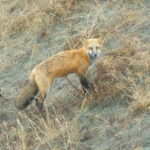
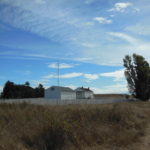
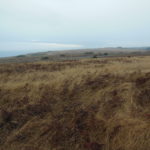
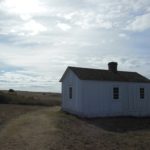
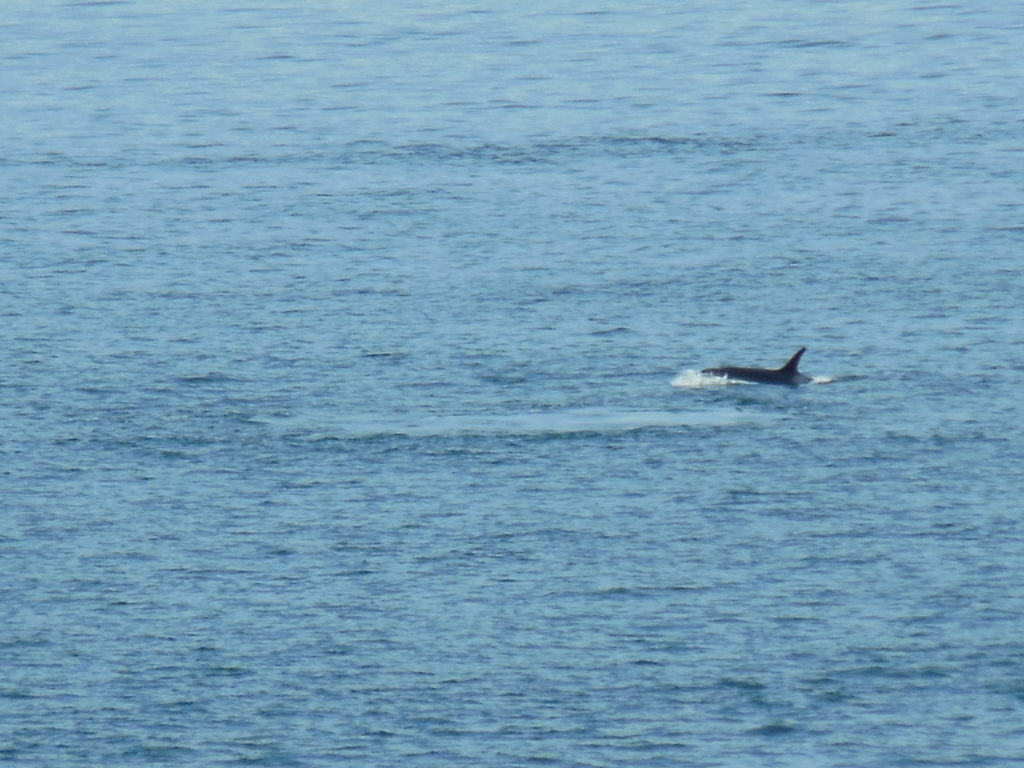
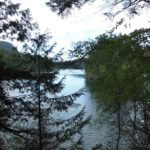
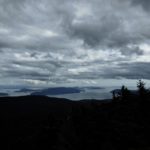
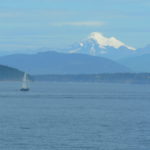
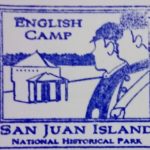
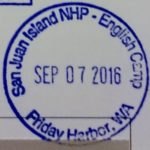
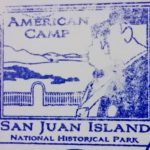
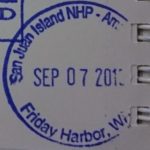
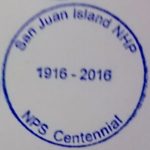
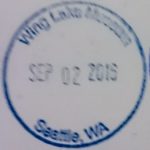
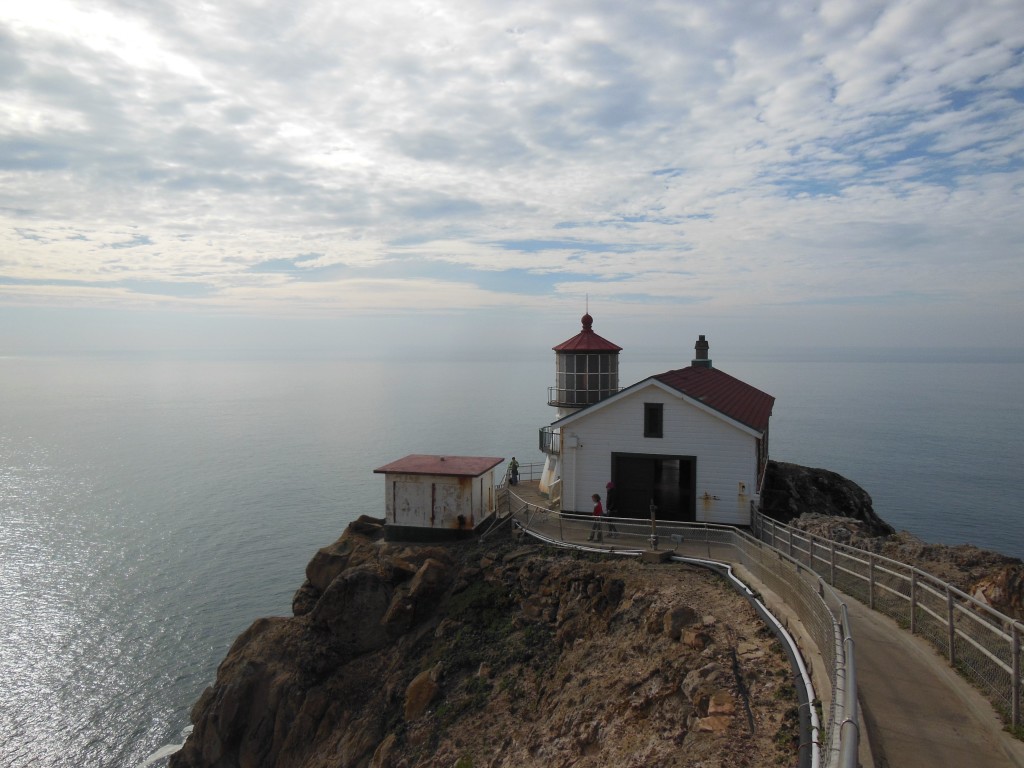
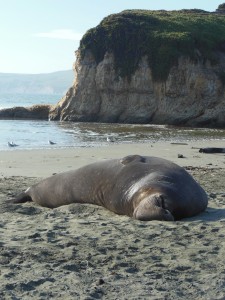
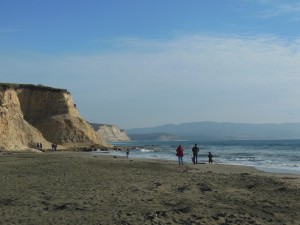
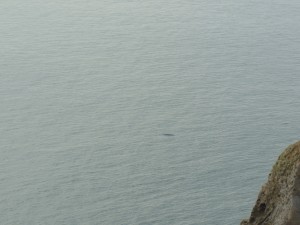
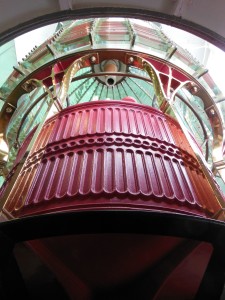
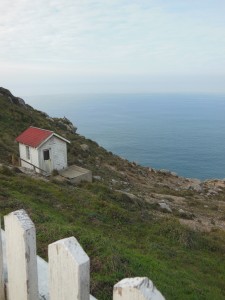
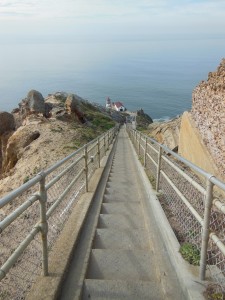
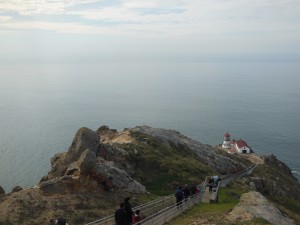
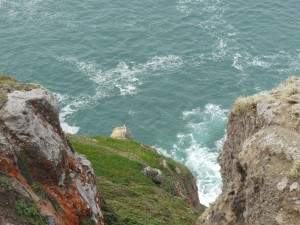
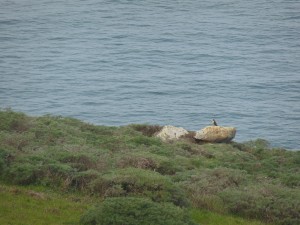
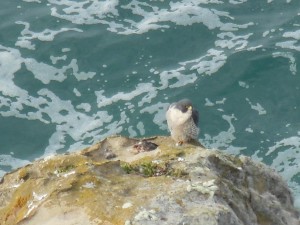
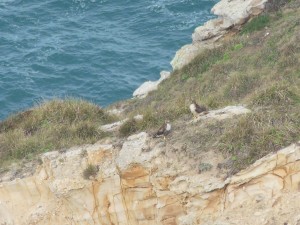
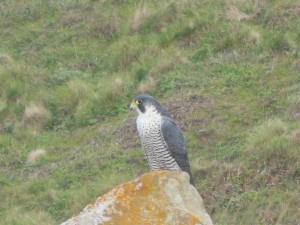
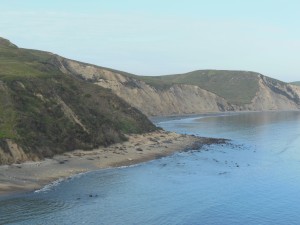
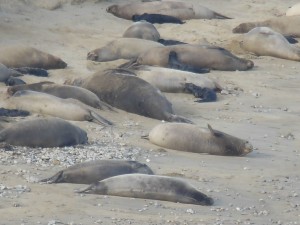
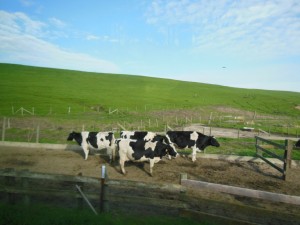
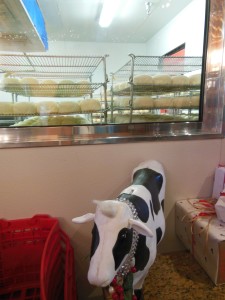
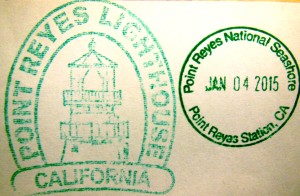 center in the park.
center in the park.